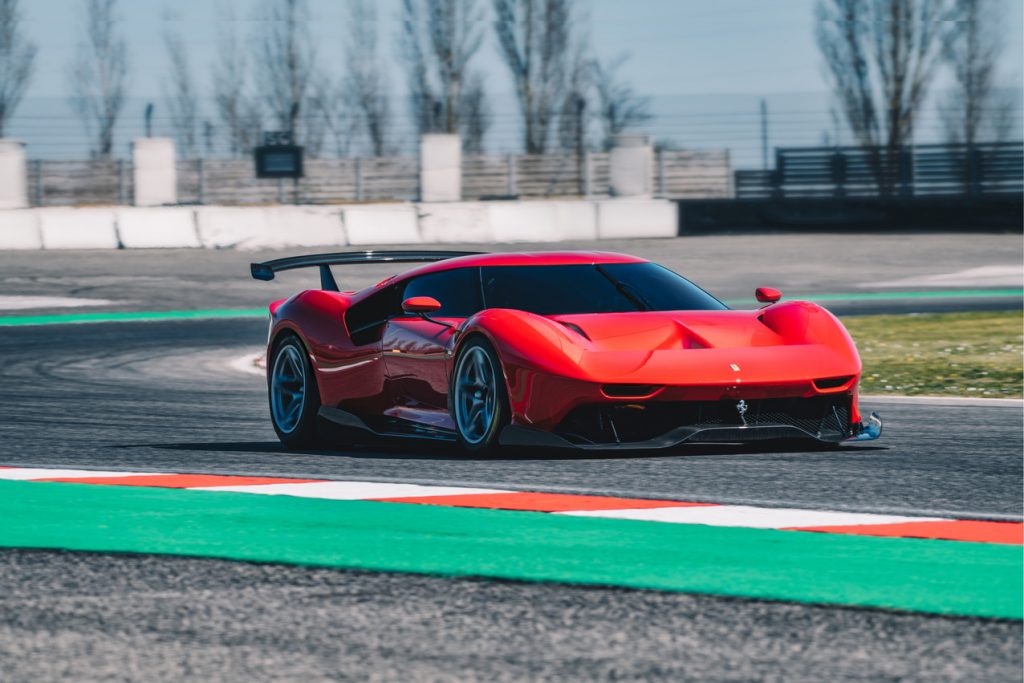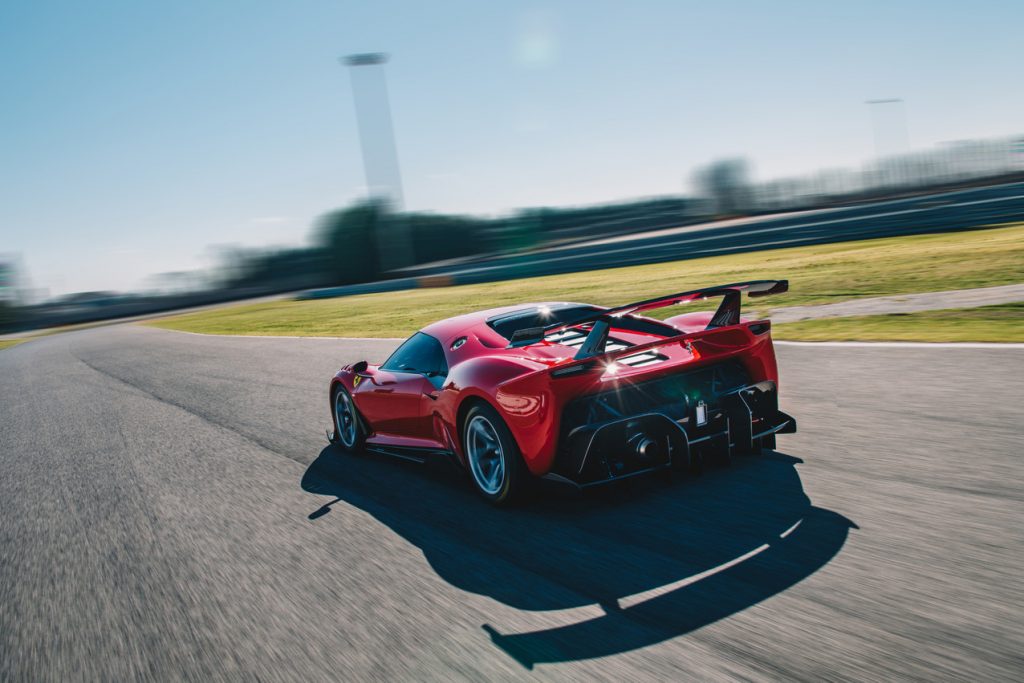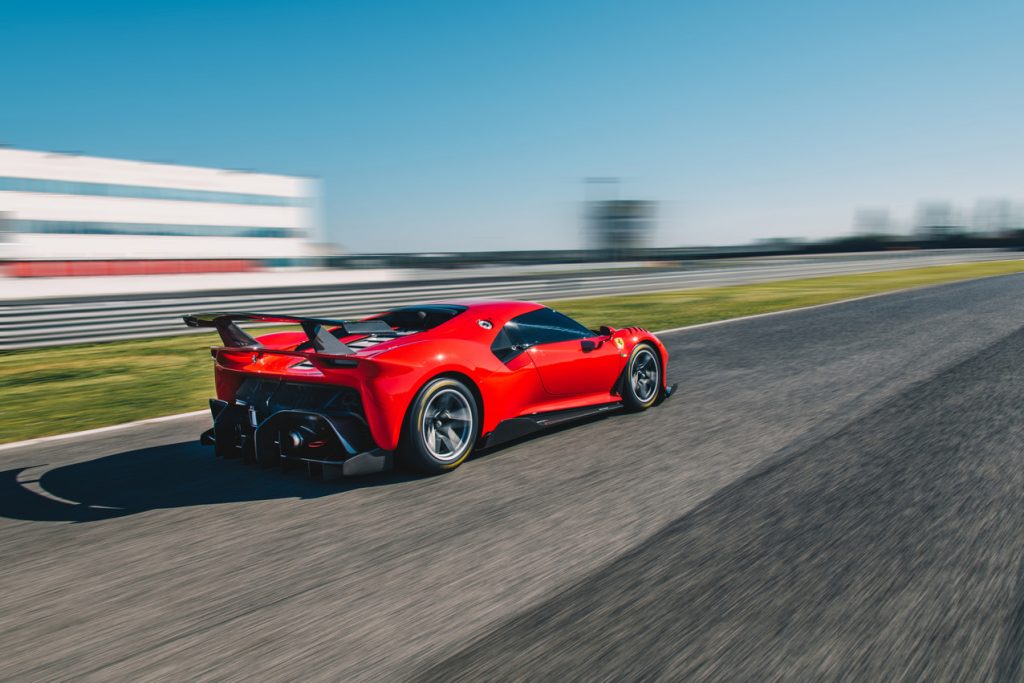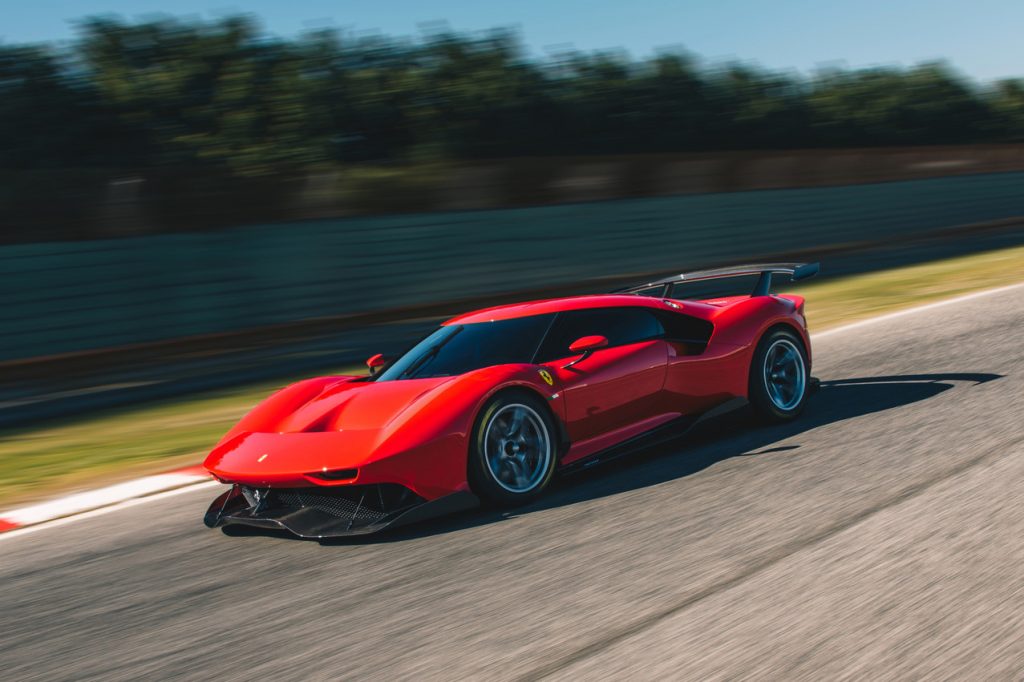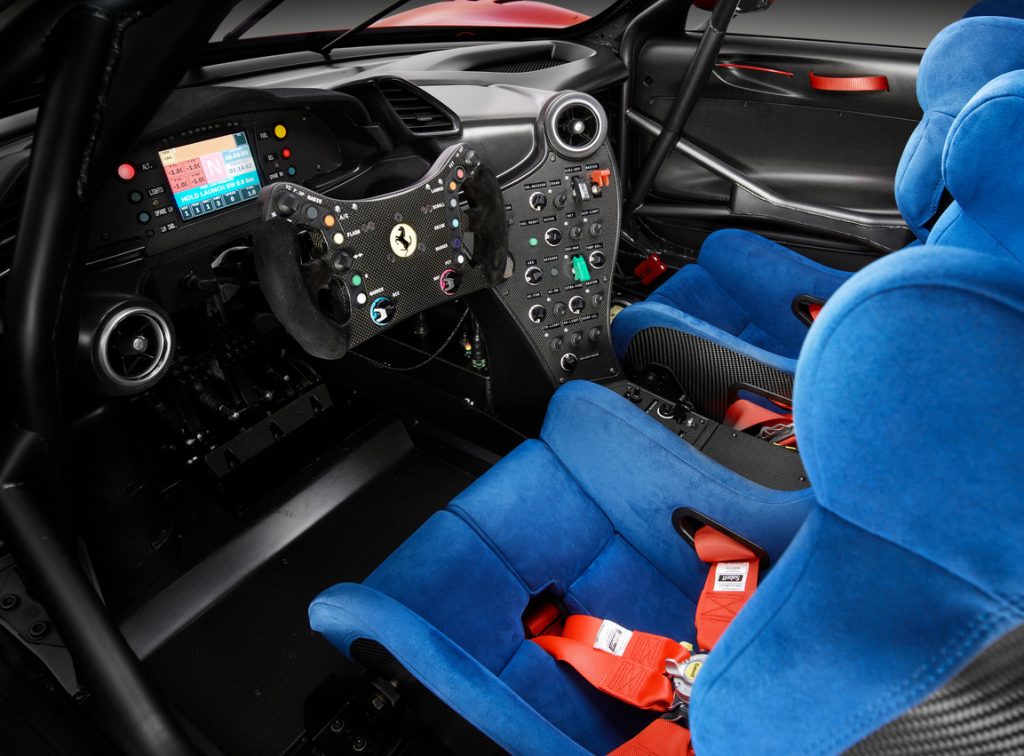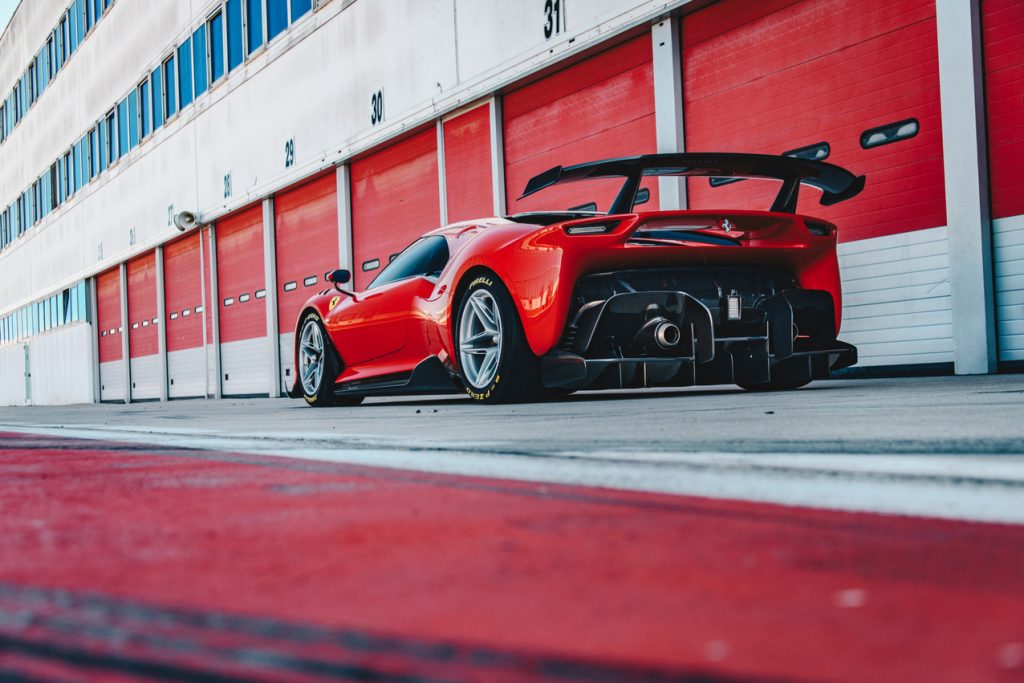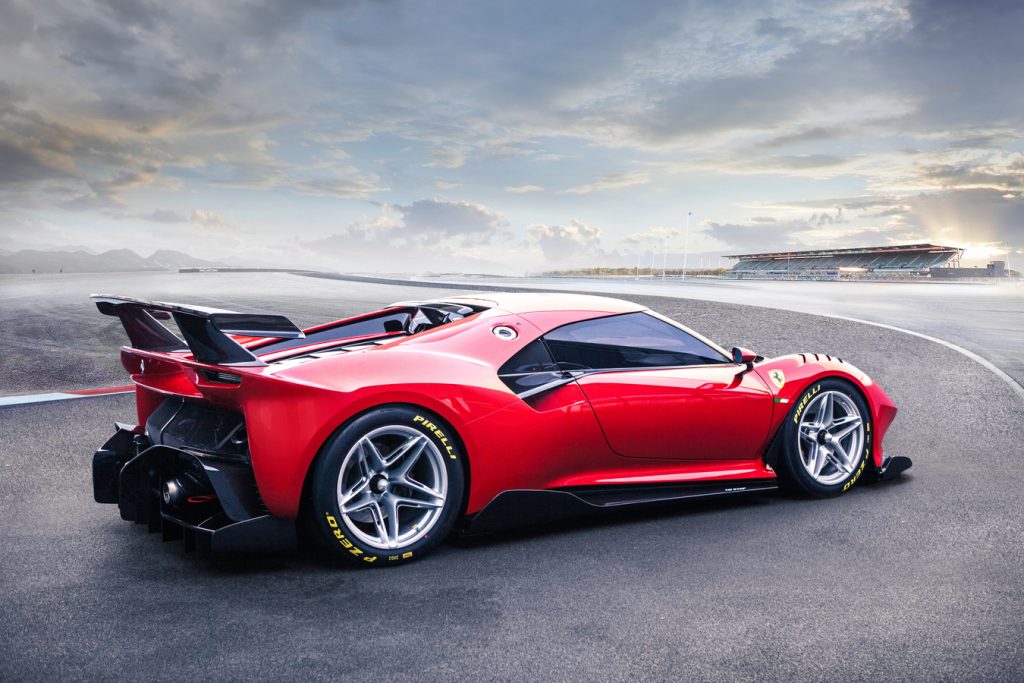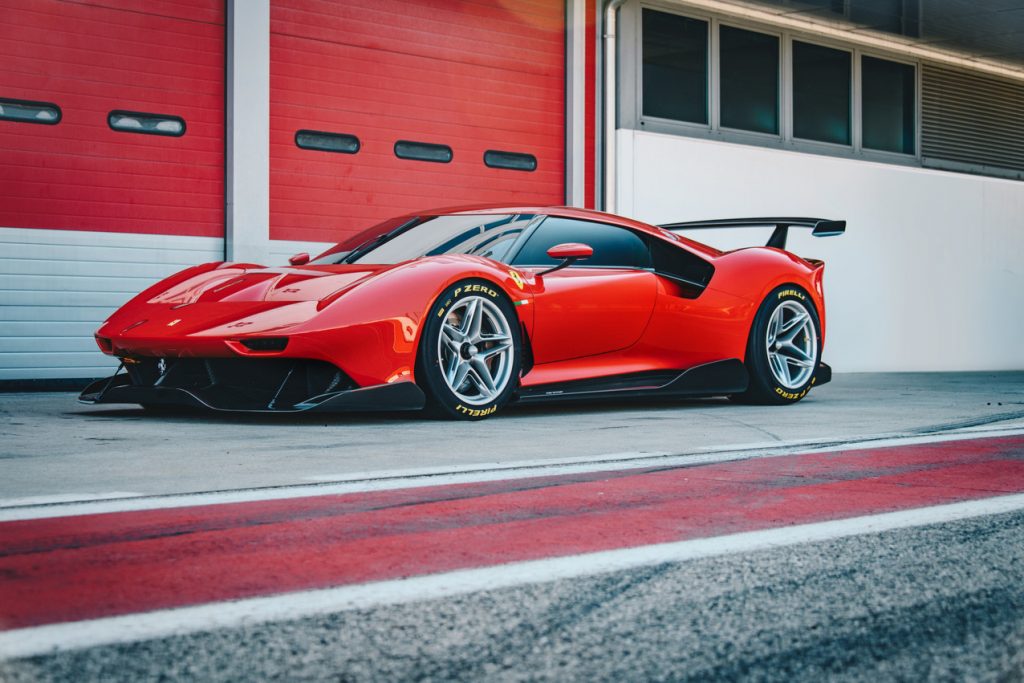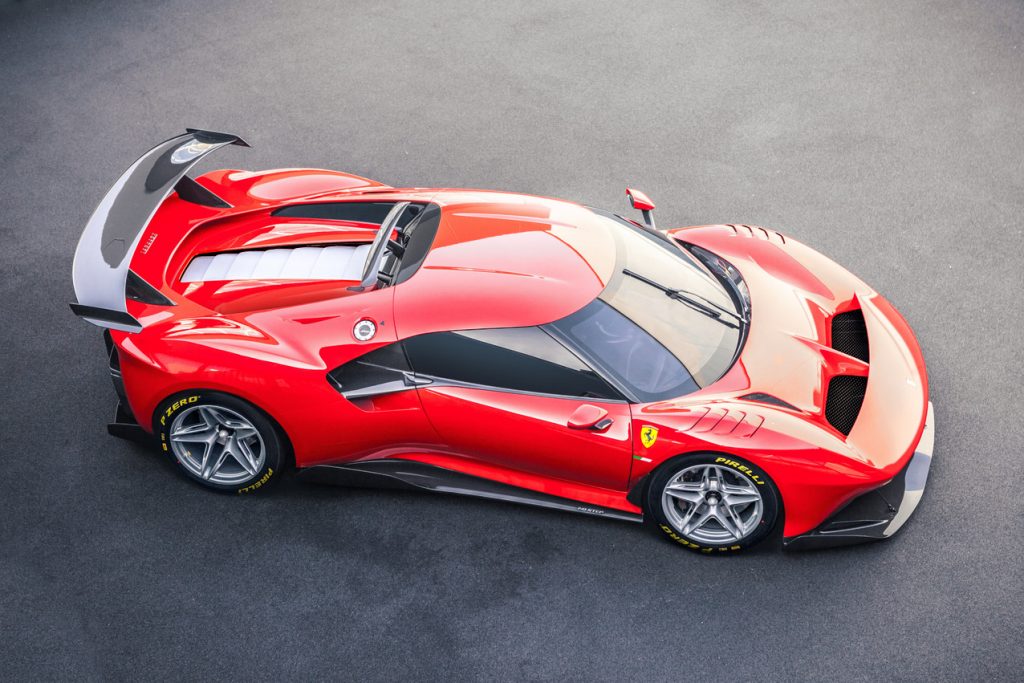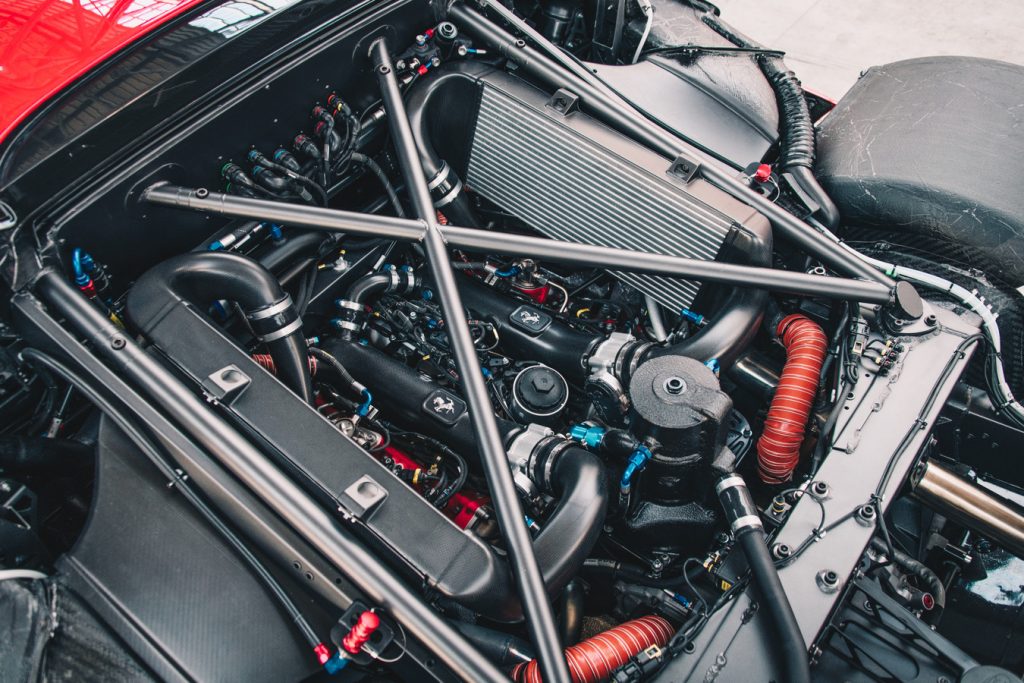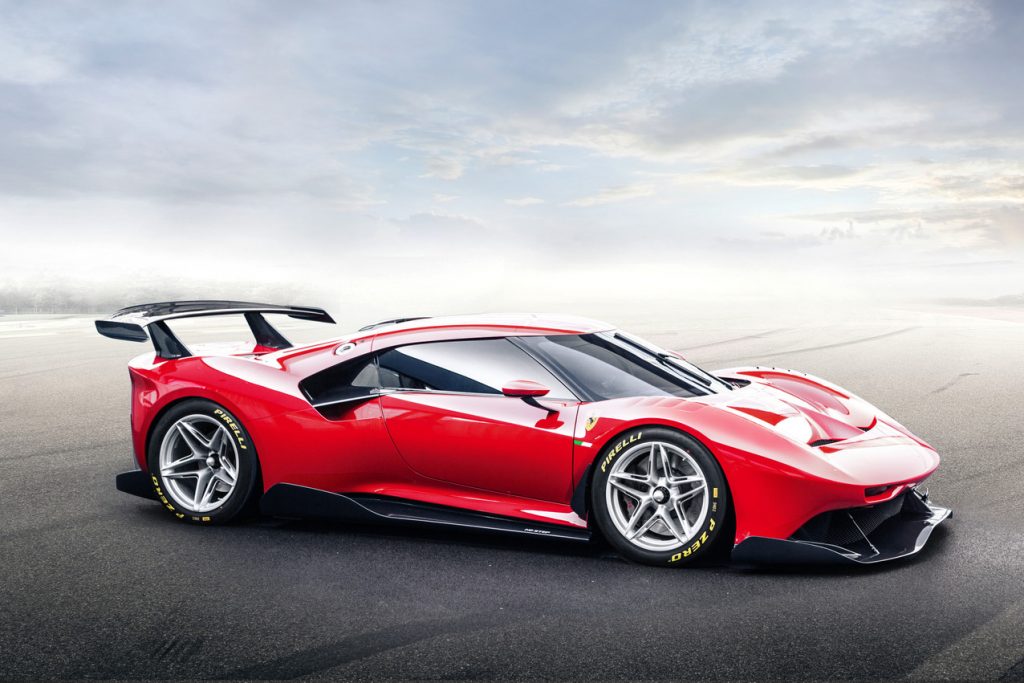
The brief was to create a modern Sports Prototype inspired by some of the most iconic models in Ferrari’s history, such as the 330 P3/P4 and Dino 206 S of the 1960s. Although conceived as track cars, their influence extended far beyond the racing circuit, inspiring a whole series of dramatically elegant road-going Ferraris.
FULL DISCLOSURE THE TEXT BELOW IS TAKEN VERBATIM FROM THE FERRARI PRESS RELEASE AS I AM STRAPPED FOR TIME
The P80/C project had the longest development period of any Ferrari one-off to date, work on it having started way back in 2015. Why was such a long time needed? Because the team made such a huge investment in research, both in terms of design and engineering. Every element of performance and aerodynamics was meticulously analysed, in a process that distinguishes this car from previous Ferrari one-offs.
This is a track only creation where peak performance is a major factor. This not only inspired the design team in terms of styling but also led them to select the Ferrari 488 GT3 as its basis. Not only does this racing legend have extremely high performance, but it also has a longer wheelbase (50mm over the 488 GTB), which gave the design team an extra creative dimension.
A striking wedge shape dominates the view of the car’s side at the front end. The curving, muscular shapes of the wings are emphasised by ‘buttresses’ that merge into the side air intakes feeding the engine, conveying the impression that the cabin is fused as one with the body. The front end is also cleverly separated, visually speaking, from the rear section.
The tinted wraparound windscreen clearly references Ferrari’s iconic Sports Prototypes of the past, while the flying buttresses converging towards the roof seem to make the glasshouse resemble a racing driver’s helmet visor. Since the P80/C is intended for track use only, its designers had the freedom to dispense with items that are essential in a road car.
For instance, the headlights have effectively disappeared – in fact, they’ve been reduced to simple slits that recall the air intakes in the grille of the 330 P3/P4. The same touch recurs at the back of the car: the rear spoiler – which is extremely broad to maximise its aerodynamic performance – incorporates two tail-lights that seem to look like air vents, perfectly reflecting the front design.
The rear end’s ‘catamaran’ style architecture means there is almost no rear bodywork, allowing the car’s running gear to be fully visible. There’s a simple grille to help take heat away from the engine bay, plus a prominent rear diffuser that almost seems to ‘float’ at the back.
Meanwhile, the concave engine cover with its aluminium louvres represents another clear reference to the Ferrari 330 P3/P4. The P80/C is made entirely from carbon-fibre, which is left bare wherever the parts have a purely technical function.
In contrast, the main bodywork is painted in a bright red called Rosso Vero – a name chosen by the client, proving that his loyalty to the Ferrari Sports Prototype tradition extends to colour, too.5

